|
Posts by: Dr. Justine A. Lee, DVM, DACVECC As Thanksgiving approaches, accidental poisonings often occur in dogs (and less commonly cats) – that’s because they often get into the delectable human foods while table or counter-surfing! To be safe, make sure to keep your dog crated or your cat locked out of the kitchen while you’re preparing your Thanksgiving feast. More importantly, satiate your dog or cat with non-toxic treats. Of course, not all Thanksgiving foods are dangerous. And it’s a holiday for your pets too, right? With that in mind, here are 6 safe treats you can give your dog or cat this Thanksgiving.
Also a big no-no for any breed—bones. Bones are sharp and can result in an esophageal foreign body, gastrointestinal upset, or rarely, a foreign body obstruction! More importantly, keep that darn piece of yarn/string that is wrapped around the turkey out of reach – this is often accidentally ingested by dogs and cats directly from the garbage, and can result in a life-threatening linear foreign body obstructionwhen ingested.
If you have any questions or concerns, you should always visit or call your veterinarian – they are your best resource to ensure the health and well-being of your pets.
Reviewed by: Elizabeth Schooley, DVM, MS, DACVIM Reviewed on: Monday, October 5, 2020
1 Comment
Posts by: Dr. Ernie Ward, DVM Dog Checkups & Preventive Care Liquid gold. That’s the nickname for urine I was taught in veterinary medical school. We learned urine could provide us with such valuable insight into a patient’s health, that it was worth its weight in gold. We also learned that the color and consistency of urine, from light yellow to black and clear to cloudy, signaled health or illness. If you’ve ever pondered what your dog’s pee color meant, here’s a description of your dog’s urine spectrum.
What do different shades of yellow mean? The intensity of yellow color in normal, clear urine indicates the concentration or dilution of urine. In simplest terms, dilute urine is associated with increased water excretion and concentrated urine correlates with less water. Dilute urine will be almost colorless while highly concentrated urine is bright yellow, amber or honey colored. Minor daily variations in yellow shouldn’t alarm you. Persistent color changes lasting more than a couple of days should be brought to your veterinarian’s attention. Colorless or bright-yellow urine can also be associated with certain medical conditions. In general, yellowish urine is normal. What if my dog’s urine is dark yellow? It’s not unusual for a dog’s urine color to be dark yellow. However, if your dog has dark or bright yellow urine, especially after a long day outdoors, it could signal a need to consume more water. What if my dog’s urine is dark enough to look orange? Dark yellow is typically normal in most pets. If the urine is more orange, it may be associated with a condition known as icterus or jaundice. Orange urine may be the result of:
What if my dog’s urine is red, pink, red/brown, or red/orange urine Red or pink urine is often caused by a urinary tract infection. Many times you will also notice the urine is cloudy or turbid. Other reasons for reddish urine include feline lower urinary tract disorder, cystitis, bleeding or clotting diseases, trauma and cancer. Red urine clearly indicates your dog needs additional diagnostic tests to determine the cause of color change. What if my dog’s urine is brown to black Brown to black urine can signal something serious has happened. The dark color can be due to blood cell damage releasing hemoglobin, muscle damage from trauma, or toxins such as onions, garlic, zinc, or acetaminophen (Tylenol®). If your dog’s urine changes color, seek veterinary help If your dog’s urine changes hue, call your veterinarian. A simple urinalysis will determine if your dog requires additional tests, and appropriate treatment. You’re most likely to observe color changes associated with uncomfortable urinary tract infections (UTI’s) and painful cystitis. The sooner you treat, the less discomfort your loved one will suffer. Next learn why your veterinarian might want a urine sample from your dog >> If you have any questions or concerns, you should always visit or call your veterinarian -- they are your best resource to ensure the health and well-being of your pets. References:
Posts by: Matt Henry, Lifestyle Contributor Keep your furry friends healthy and happy this fall! Dog Checkups & Preventive Care Ahhh, Fall! This time of year means football, crisp air, colorful foliage and even, depending on where you live, a little bit of snow. It’s a great time to get outside with your pet; for a dog, there’s nothing like a romp in the leaves, while for cats, midday sunbeams have never felt better as the days get shorter and the nights get colder. When it comes to keeping your pet healthy and helping him enjoy fall to the fullest, there are some things to keep in mind. Read on for our top fall pet tips.
If you have any questions or concerns, you should always visit or call your veterinarian – they are your best resource to ensure the health and well-being of your pets.
Reviewed by: Robert M. DuFort, DVM, DACVIM |
Archives
November 2023
Categories |
|
HELPFUL INFORMATION
Office Hours
Monday: 8AM – 6PM Tuesday: 8AM – 6PM Wednesday: 8AM – 8PM Thursday: 8AM – 8PM Friday: 8AM – 5PM Saturday: 8AM - 12PM Sunday: CLOSED |
LOCATION
AND DIRECTIONS Salem Veterinary Hospital
2159 Lynnhaven Parkway, Suite 105B Virginia Beach, VA 23456 |
CONNECT
WITH US! |
Site powered by Weebly. Managed by IDEXX Laboratories
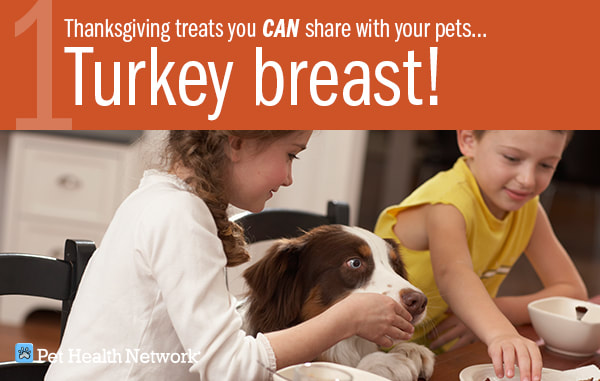
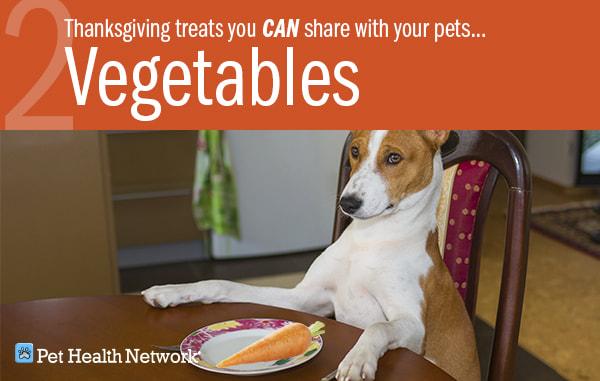
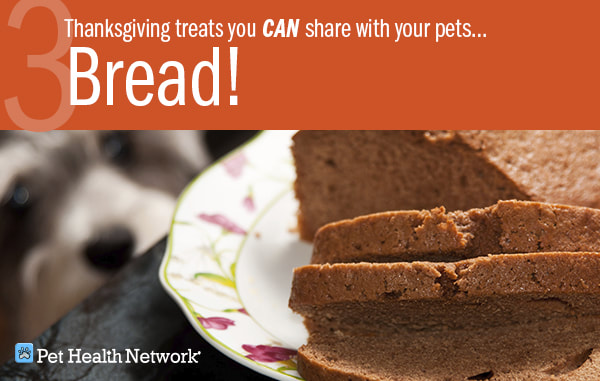
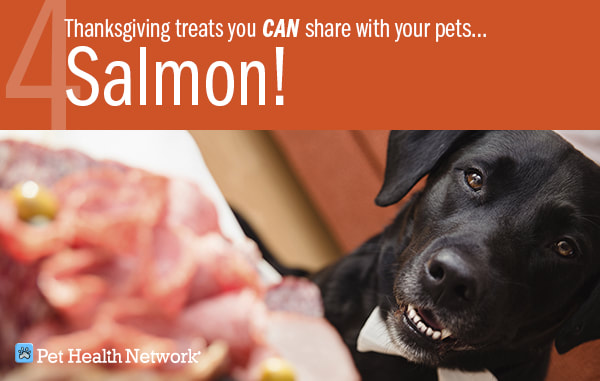
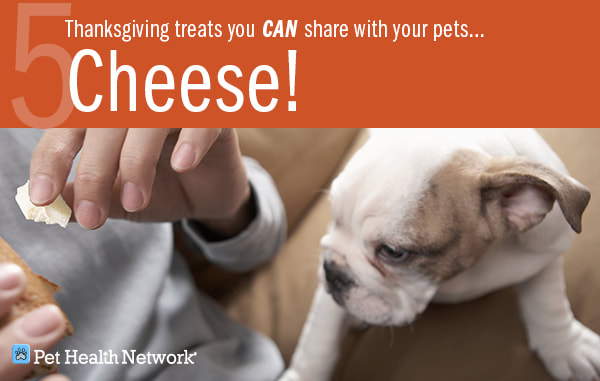
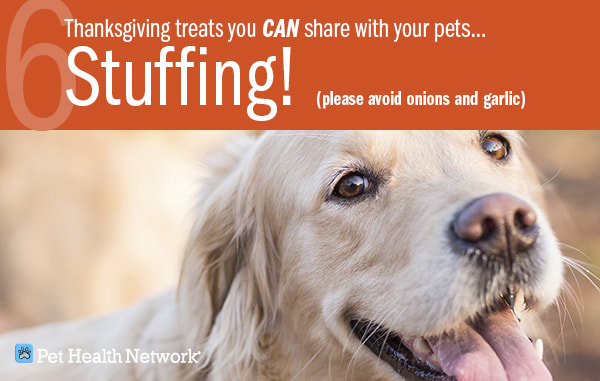
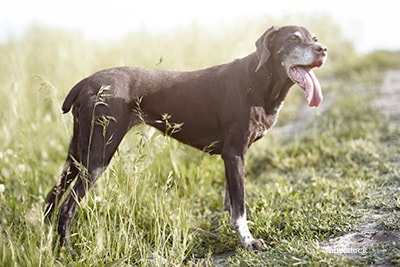

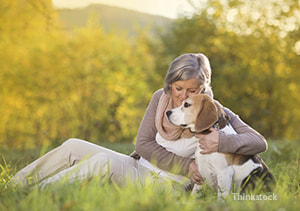
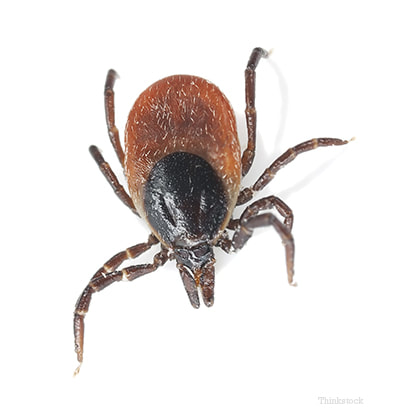
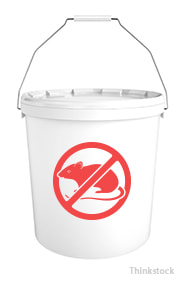
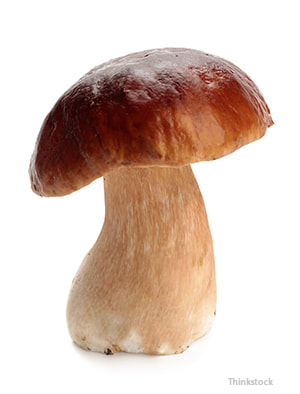
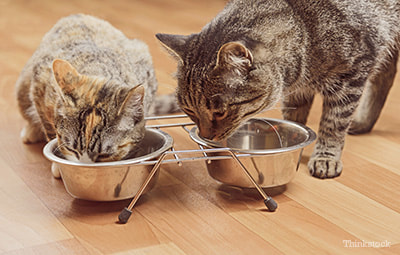
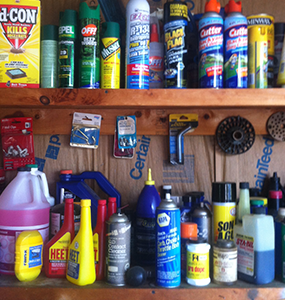
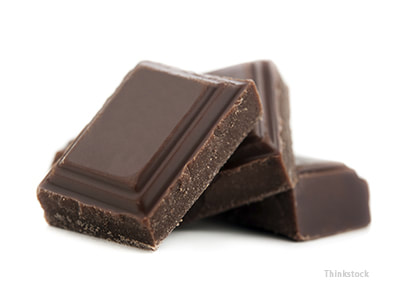

 RSS Feed
RSS Feed
